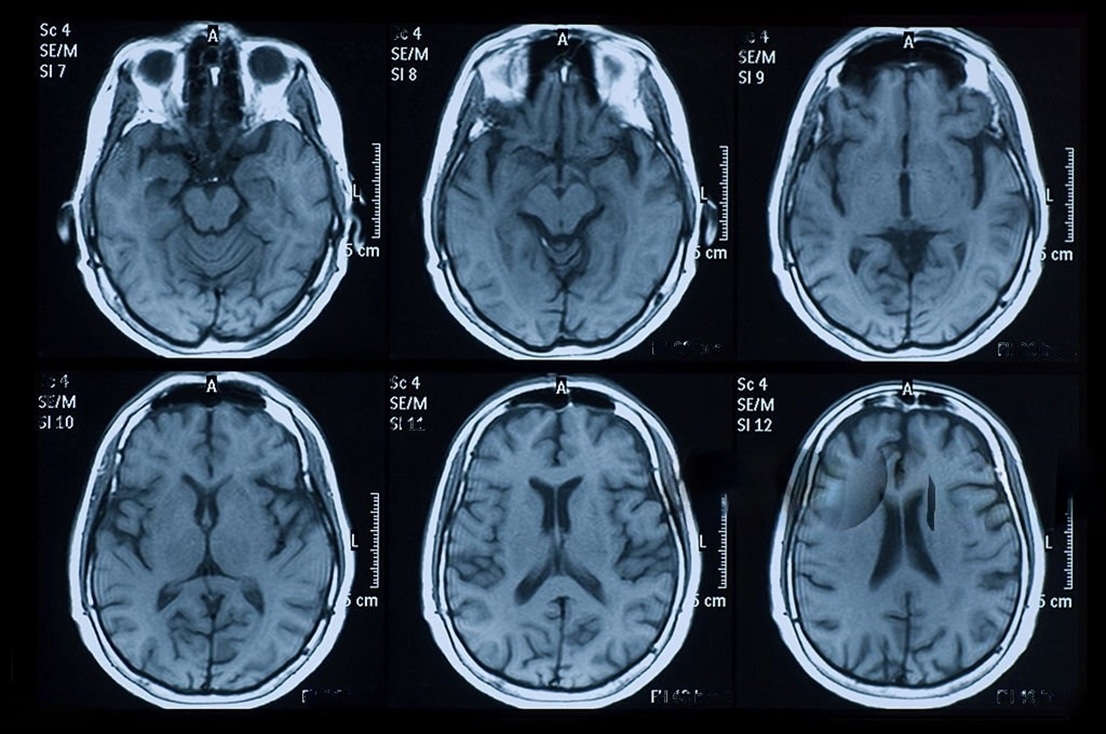
Medical image annotation is the process of adding precise labels and markers to medical images, enabling AI systems to understand and interpret them accurately.
The convergence of artificial intelligence (AI) and medical image annotation has emerged as a game-changer, revolutionizing the landscape of diagnostic imaging and patient care. Leveraging advanced AI algorithms and sophisticated annotation techniques, healthcare professionals can now unlock unprecedented levels of precision and insight in medical imaging, paving the way for enhanced disease diagnosis, personalized treatment planning, and improved clinical outcomes.
1.) TYPES OF MEDICAL IMAGE ANNOTATIONS
- Image Classification: Categorizing images based on attributes like pathologies or disease severity.
- Object Detection: Precisely localizing anomalies or structures within images.
- Semantic Segmentation: Providing detailed maps of tissue types within images.
- Landmark Annotation: Pinpointing specific points for accurate measurements and analyses.
- 3D Image Annotation: Comprehending volumetric data for detailed analysis.
2.) TOOLS AND TECHNOLOGIES
- Manual Annotation: Expert annotators meticulously label images, ensuring high accuracy.
- Semi-Automated Annotation: AI algorithms aid human annotators, enhancing speed and consistency.
- Specialized Annotation Software: Tailored tools offer pixel-level segmentation and volumetric annotations for efficient workflow.
3.) CHALLENGES AND CONSIDERATIONS
- Annotator Variability: Ensuring consistency in annotations among human annotators to avoid discrepancies.
- Data Privacy and Security: Safeguarding sensitive patient information through proper consent, anonymization, and compliance with regulations.
- Handling Large Datasets: Developing efficient strategies for managing and annotating massive volumes of medical images.
- Lack of Standardization: Establishing uniform annotation guidelines to promote consistency across institutions and projects.
- Balancing Speed and Accuracy: Maintaining a delicate equilibrium between timely annotations and precise results to avoid errors and delays.
4.) BEST PRACTICES
- Training Annotation Experts: Ensure annotators possess deep understanding of medical concepts and structures.
- Comprehensive Annotation Guidelines: Develop clear, detailed guidelines covering different annotation types and challenges.
- Quality Control and Review Processes: Implement regular review mechanisms to ensure accuracy and consistency.
- Iterative Refinement of Annotations: Continuously refine annotations based on new insights or feedback.
- Addressing Ambiguity and Uncertainty: Develop protocols to handle uncertain cases and involve experts for consensus.
5.) APPLICATIONS OF MEDICAL IMAGE ANNOTATION
- Disease Diagnosis and Detection: Assists in swift and accurate disease identification through annotated anomalies.
- Treatment Planning and Monitoring: Guides surgeons in meticulous procedure planning and monitors post-treatment progress.
- Medical Education and Training: Enhances understanding of anatomy and disease manifestations for medical professionals.
- Drug Development and Clinical Trials: Facilitates assessment of treatment efficacy and disease progression in research.
- AI Model Training for Medical Imaging: Trains AI algorithms for disease detection and diagnosis, improving clinical decision-making.
